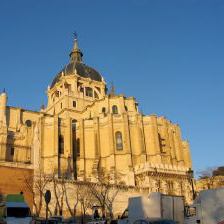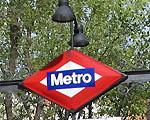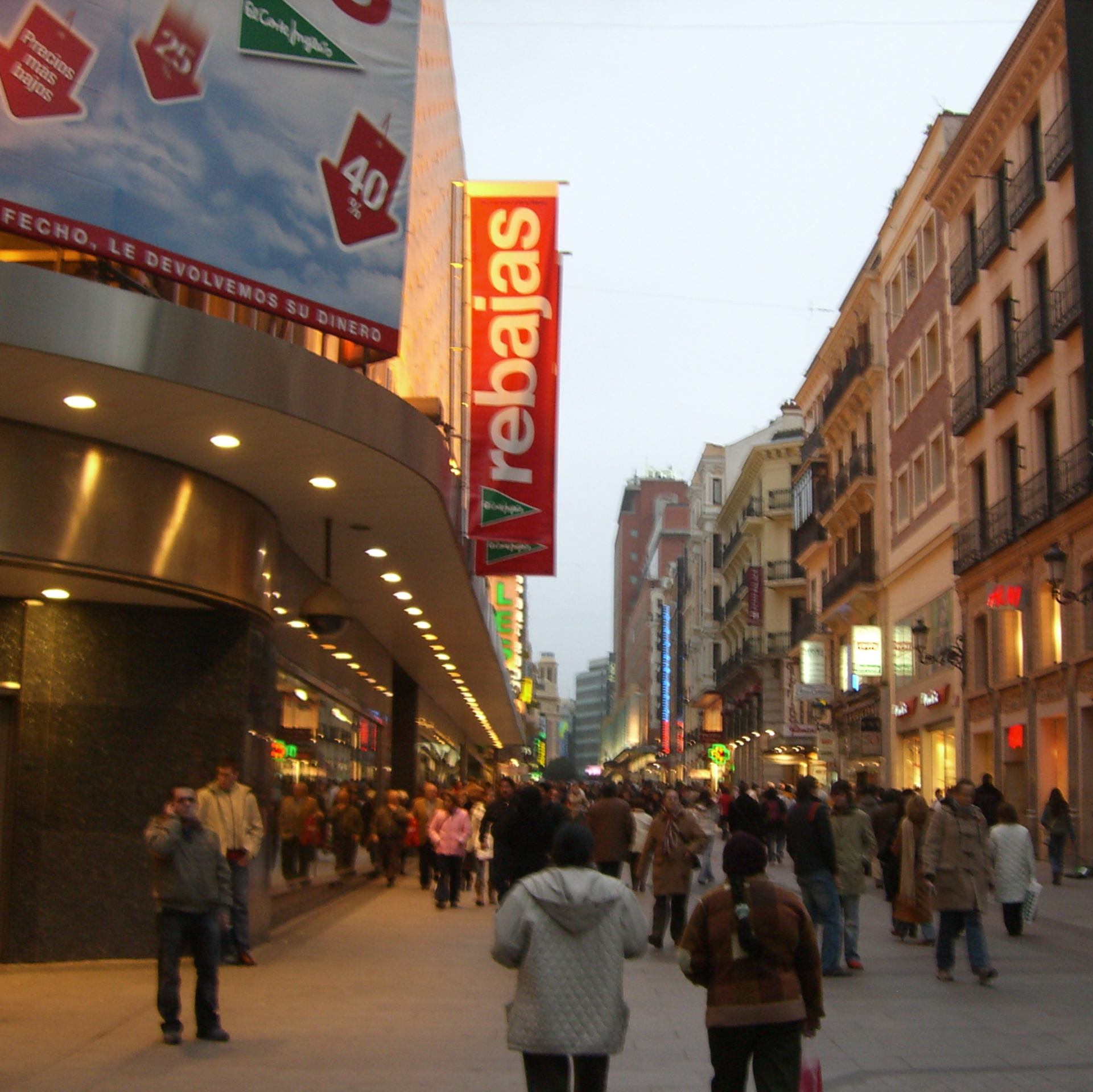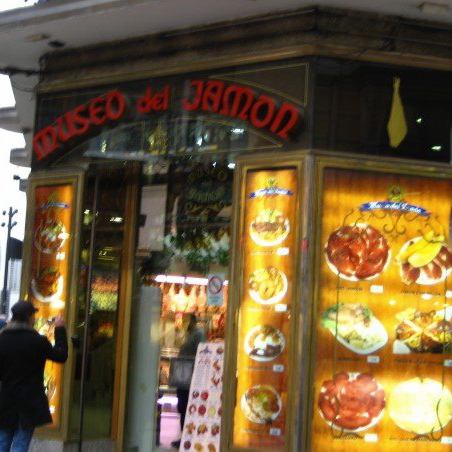 There is never a dull moment in Spain’s capital city, Madrid. The people are friendly, the buildings are beautiful and the streets are full of history.
There is never a dull moment in Spain’s capital city, Madrid. The people are friendly, the buildings are beautiful and the streets are full of history.
Keep yourself busy during the day with museums, shopping and more, but make sure you rest up for the night, because that’s when the true soul of Madrid can be seen.
The guidebooks will take you through a decent visit to the Spanish capital, but if you’re looking for something a little more authentic, here are some tips to help you take in the city in true Madrileño style.
NIGHTLIFE
Madrid is famous for its wild and crazy nightlife. The main hubs for bars and clubs are off the metro stops Sol and Opera, right in the center of the city, but if you’re looking to stay away from the tourist traps there are many other options.
In the neighborhood of Moncloa, near the University of Madrid, and hidden down a staircase, is one of the most popular bars in town. . . with the locals, that is. El Chapandaz is set up like a cave, with stalactites coming down from the ceiling and dimly lit tables lining the walls. But here’s an even better reason to visit: El Chapandaz is famous for its oversized alcoholic treats, made with a mixture of milk, cinnamon, liqueurs and a few other secret ingredients that makes the concoction taste similar to a milkshake with a kick.
Going to Spain? Check out Family Travel Through Spain’s Costa del Sol.
On the other side of town, in the Malasaña neighborhood, don’t forget to check out a bar called Remember. This tiny bar plays American music from the ‘60s and ‘70s and the friendly bartenders serve up strong, cheap drinks to the local crowd.
 If you’re looking to check out Madrid’s world-famous club scene, be prepared for an exhausting night. When you’re wandering the Sol or Opera area, instead of ignoring the club promoters trying to hand out fliers for their nightlife hotspot, take them up on their offers!
If you’re looking to check out Madrid’s world-famous club scene, be prepared for an exhausting night. When you’re wandering the Sol or Opera area, instead of ignoring the club promoters trying to hand out fliers for their nightlife hotspot, take them up on their offers!
The fliers are often for trendy, exclusive clubs that will cost you an arm and a leg without the discount. Most clubs blast Madrid’s signature techno, trance and house music, so if that’s not your scene, it may be best to stick to the bars and late-night restaurants.
Bars, clubs and many restaurants stay open until dawn, when exhausted partiers finally head home on the metro to shower, go to work, and get ready to do it all again the next night.
MADRID MASS TRANSIT
 There are several transportation options in Madrid to get you wherever you need to go. The Metro is a safe, quick and convenient way to travel around the city: A one-time ticket to ride the Metro costs €1, but you can buy a 10-ticket package for €6.40 or a monthly pass for about €40.
There are several transportation options in Madrid to get you wherever you need to go. The Metro is a safe, quick and convenient way to travel around the city: A one-time ticket to ride the Metro costs €1, but you can buy a 10-ticket package for €6.40 or a monthly pass for about €40.
The main drawback to the Metro is that is stops running at around 1:30 a.m., so to get around in the wee hours of the morning, you can either take a night bus (you can use the same metro pass) or a taxi.
To get out of the city, Spain has an efficient and affordable train system, which can take you all over the country. For more information on Madrid’s transportation, the official site is Metro de Madrid. However, thanks to a wonky translation engine, this site is tough for those who don’t speak Spanish to use. Instead, try the Madrid page on Urban Rail.
SHOPPING
 Madrid is definitely not all about the nightlife. During the day, there are fabulous things to see and do, which may not pop up in your brochure. Madrid is one of the world’s fashion capitals and there is no shortage of designer stores and interesting boutiques. However, all this shopping can put a major dent in your budget.
Madrid is definitely not all about the nightlife. During the day, there are fabulous things to see and do, which may not pop up in your brochure. Madrid is one of the world’s fashion capitals and there is no shortage of designer stores and interesting boutiques. However, all this shopping can put a major dent in your budget.
To avoid to high prices, try and take advantage of Madrid’s rebajas (sale) season. From January to February and again from July to August, almost all of Madrid’s stores offer 30 to 50 percent discounts on most of their items.
If those discounts aren’t enough for your bargain-hunting self, head to El Rastro, Madrid’s largest open-air flea market. The crowded market, which winds through the small streets off of Plaza Mayor, features everything from antiques to T-shirts, and prices are negotiable. If you’re looking to avoid the heaviest crowds, get there right at 9 a.m. when the market opens or wait until 3 or 4 p.m., when the stalls are starting to close down.
During your stay in Madrid, you may need to stop into a convenience store for one reason or another. VIPS is similar to our 7-11, but far more expansive. You can find anything from a snack to a book to an iPod in here, and they are located all around the city. If you’re looking for a department store, there is essentially only one chain in Spain: El Corte Ingles. They carry everything — from hardware to pet food to clothes to music–so you can find whatever you need in these enormous stores.
DINING OUT
If all that shopping has made you hungry, it’s time to explore some Spanish cuisine. Don’t be tricked into eating at one of the many tourist-trap restaurants that line Plaza Mayor. They are usually overpriced and their food is often lacking in flavor and style.
Instead, head to La Tia Cebolla, located between Sol and Plaza Santa Ana on Calle Álvarez de Gato 27. This is an affordable and authentic place to get a glass of sangria and some authentic tapas plates. Try the generous portion of a tortilla española, which is similar to a frittata, made with eggs and potatoes and often features Spain’s specialty: ham. Madrileños are serious about their ham; you can find it included on most menu items or served as a dish by itself.
 But if you really want to taste Spanish ham at its finest, there is only one place to go: El Museo de Jamon, or the Museum of Ham. This chain of butcher shops that double as delis is where the locals head to grab a quick sandwich and beer before heading out to the bars.
But if you really want to taste Spanish ham at its finest, there is only one place to go: El Museo de Jamon, or the Museum of Ham. This chain of butcher shops that double as delis is where the locals head to grab a quick sandwich and beer before heading out to the bars.
Located all around the city, Museo de Jamon offers baguette sandwiches for unbelievably cheap prices, as well as small glasses of beer that you can sip at the counter. It’s definitely a must for all those interested in eating like a true Spaniard.
When you’re eating out, it’s important to remember that tipping is not a cultural norm in Spain.
Many restaurants will add on a service charge of one or two euros a person, which is essentially a fee for the bread on the table. It’s not necessary to leave any additional tip when you are paying the bill. However, if you have really enjoyed your meal, leaving a few euros for the waiter can be nice, but nothing close to the 15-20 percent we pay here.
By Carly Goldsmith for PeterGreenberg.com. Carly Goldsmith spent Spring 2007 studying (and partying) in Madrid.
Related links:
- Off the Brochure Travel Guide: Barcelona, Spain
- Family Travel Through Spain’s Costa del Sol
- Travel Book Spotlight: MTV Spain
Want the inside scoop on other cities around the world? Check out our Off the Brochure series with this map:
View Off the Brochure Maps in a larger map












